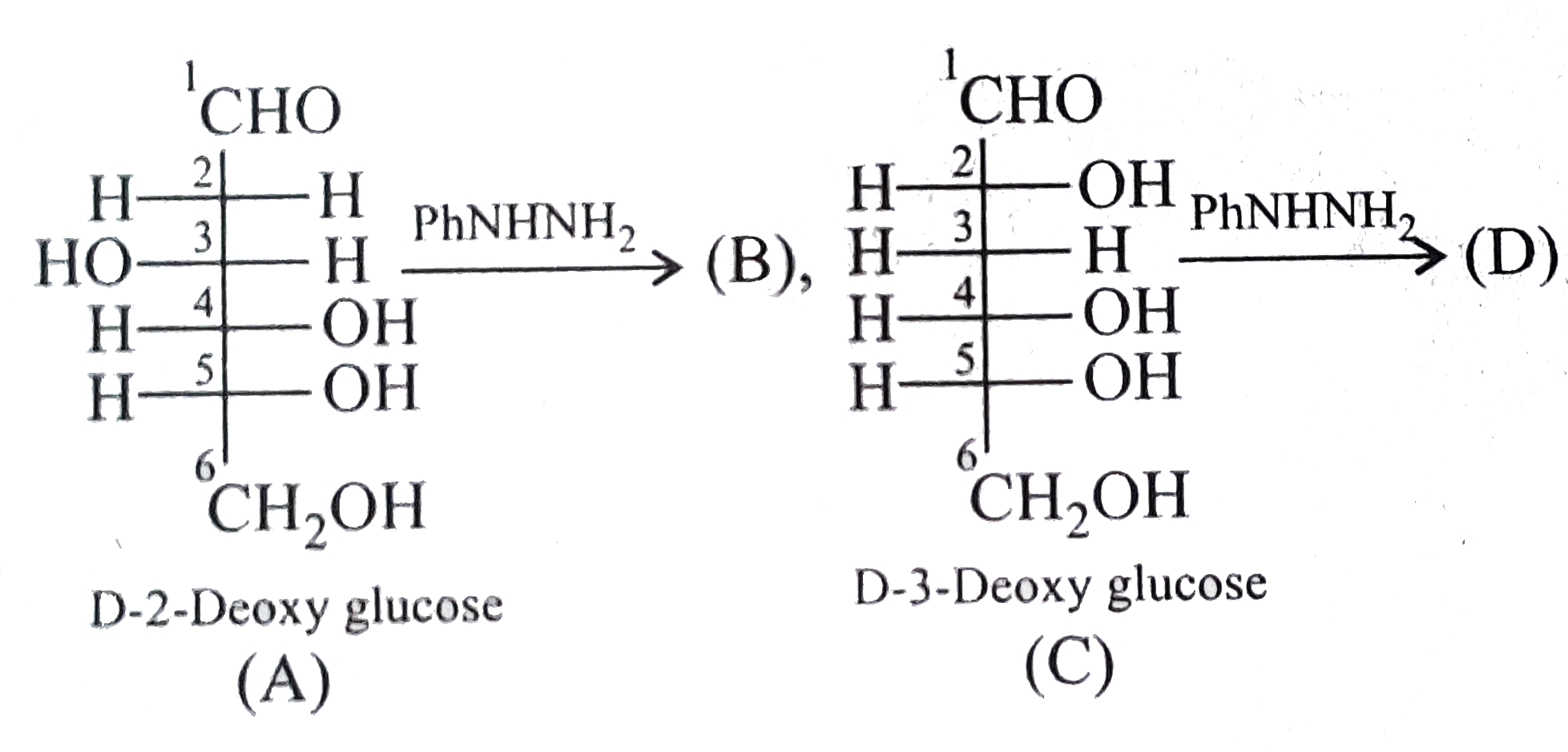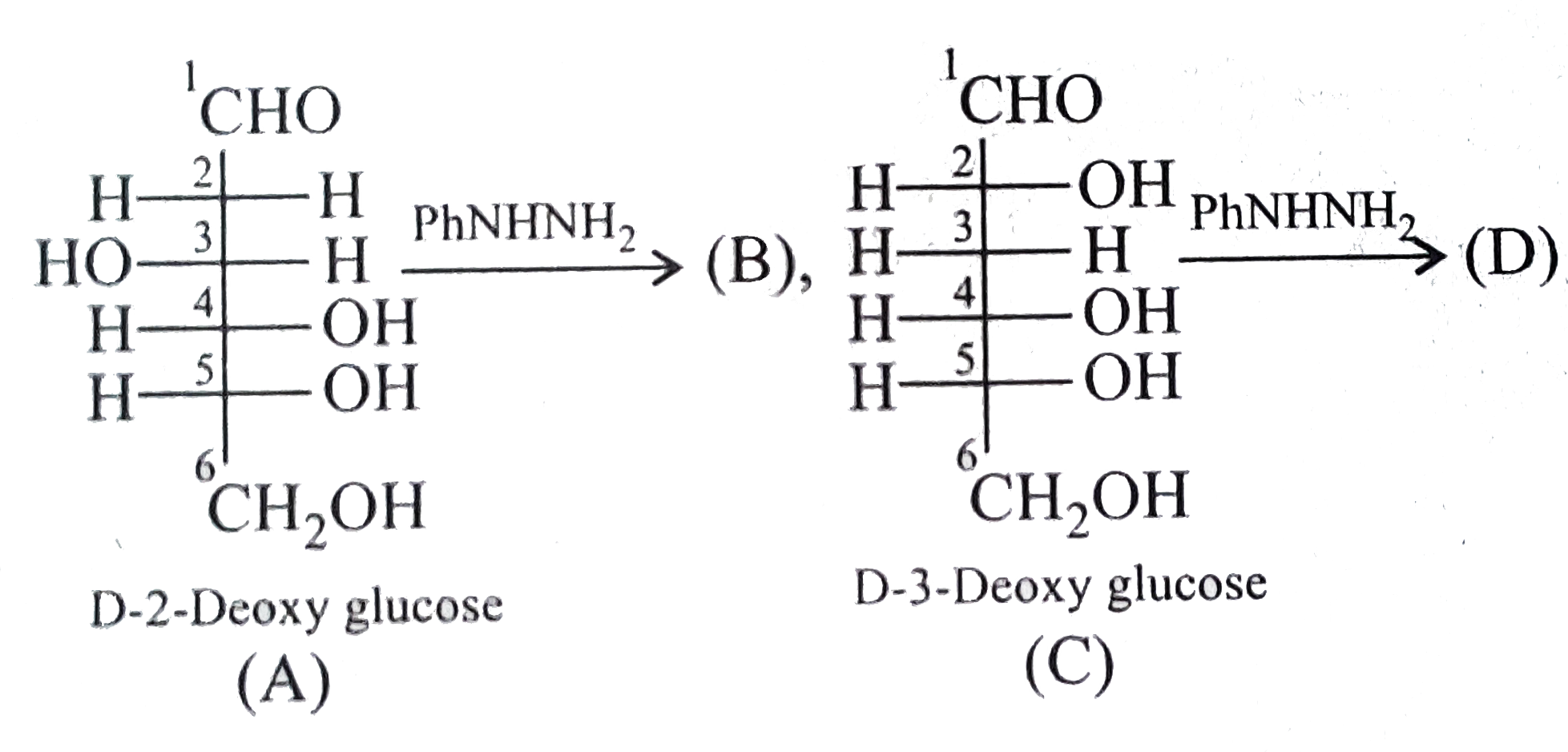How many moles of R will be produced when 8 mol of P and S mol of Q are allowed to react according to the equation?
2P+Q→R
The correct Answer is:4
Topper's Solved these Questions
- BASIC PRINCIPLESBOOK - OP TANDONCHAPTER - BASIC PRINCIPLESEXERCISE - LINKED COMPREHENSION TYPE QUESTION
33 Videos
- BASIC PRINCIPLESBOOK - OP TANDONCHAPTER - BASIC PRINCIPLESEXERCISE - SELF ASSESSMENT
10 Videos
- BASIC PRINCIPLESBOOK - OP TANDONCHAPTER - BASIC PRINCIPLESEXERCISE - Assertion
13 Videos
- ALDEHYDES AND KETONES BOOK - OP TANDONCHAPTER - ALDEHYDES AND KETONES EXERCISE - SINGLE INTEGER ANSWER TYPE QUESTIONS
10 Videos
- BASIC PRINCIPLES OF ORGANIC COMPOUNDS (MECHANISM OF ORGANIC REACTIONS)BOOK - OP TANDONCHAPTER - BASIC PRINCIPLES OF ORGANIC COMPOUNDS (MECHANISM OF ORGANIC REACTIONS)EXERCISE - SINGLE INTEGER ANSWER TYPE QUESTIONS
4 Videos
Similar Questions
How many moles of HgI2−4 will be formed when 2 " mol of "Hg2+ and 2 mol Iɵ react according to the following equation?
Hg2++4Iɵ→HgI2−
(a). 1 mol
(b). 0.5 mol
(c). 0.25 mol
(d). 2 mol
View SolutionHow many moles of HgI2−4 will be formed when 1 " mol of "Hg2+ and 1 mol Iɵ react according to the following equation?
Hg2++4Iɵ→HgI2−4
(a). 1 mol
(b). 0.5 mol
(c). 0.25 mol
(d). 2 mol
View Solution
Knowledge Check
How much heat is produced when 2.63 g of phosphorous and 40g of Bromine is allowed to react according to following equation
P4(s)+6Br2(l)→4PBr3(g),ΔH=−486kJA10.30 kJB20.6 kJC40.12 kJD5.63 kJ
How many moles of PhNHNH2 react with 1mol(A)?A1B2C3D4
How manty moles of (C) react with 1molPhNHNH2A1B3C2D1/3
How many moles of NO2 are produced when mole of B reacts with HNO3 ?
View SolutionHow many moles of ammonia are produced when one mole of calcium nitride reacts with water?
View SolutionHow many moles of ammonia are produced when one mole of calcium nitride reacts with water?
View SolutionHow many moles of NO2 are produced when 1 mole of B reacts with HNO3 ?
View Solution
How many moles of PhNHNH2 react with 1mol(A)?
View Solution
